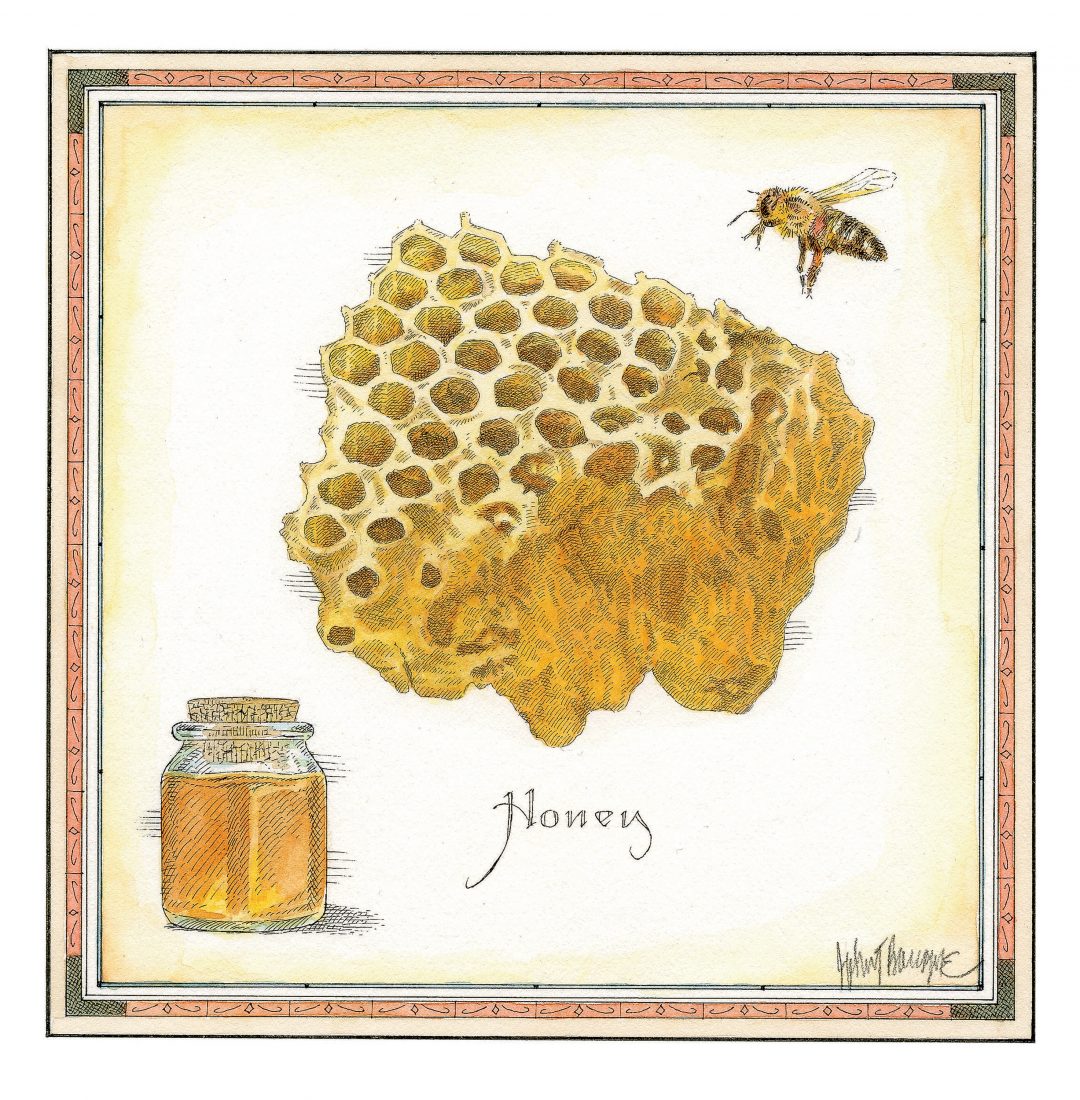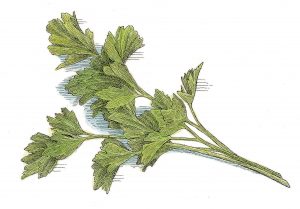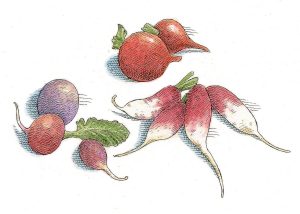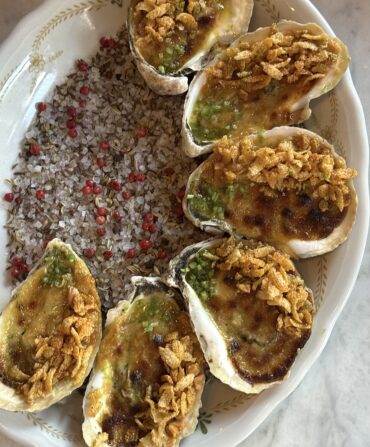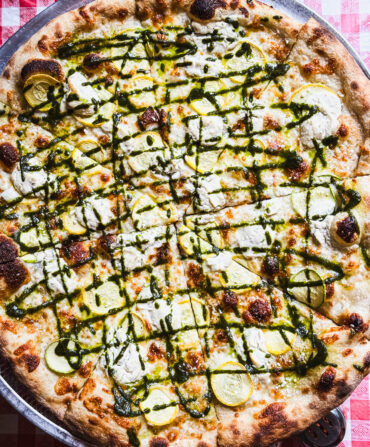Rooftop gardens are all the rage among urban chefs, but Walter Bundy, executive chef of Lemaire, in Richmond, Virginia’s Jefferson Hotel, has taken the concept to a (ahem) buzzworthy new level. Last year he began working with beekeeper David Stover to install bee colonies on the hotel’s roof. This spring, Bundy is harvesting his first honey crop, intending to use it in everything from honey butter to gin cocktails to a honey-wheat beer made in partnership with a local brewery. “Commercial honey is often blended and there is no clear, distinct flavor,” Bundy says. “Most local honey will be from one floral source such as tupelo, clover, sourwood, orange blossom, or blueberry. Much like wine, the nectar’s flavor is determined by soil, geography, climate, and weather.” With temperatures consistently above fifty-five, bees have plenty to pollinate, so fresh honey should be plentiful at Southern farmers’ markets from April through fall. Look for raw, unpasteurized honey that’s “monofloral”—having one predominant flavor. And ask sellers if they know the moisture content (lower is better; 14 to 18 percent is ideal, says Bundy). At home, use honey in place of sugar to sweeten sauces and vinaigrettes. Bundy also recommends it as a glaze to finish meats such as duck, quail, pork, or rabbit. Just brush it on the meat after it has cooked and rested.


